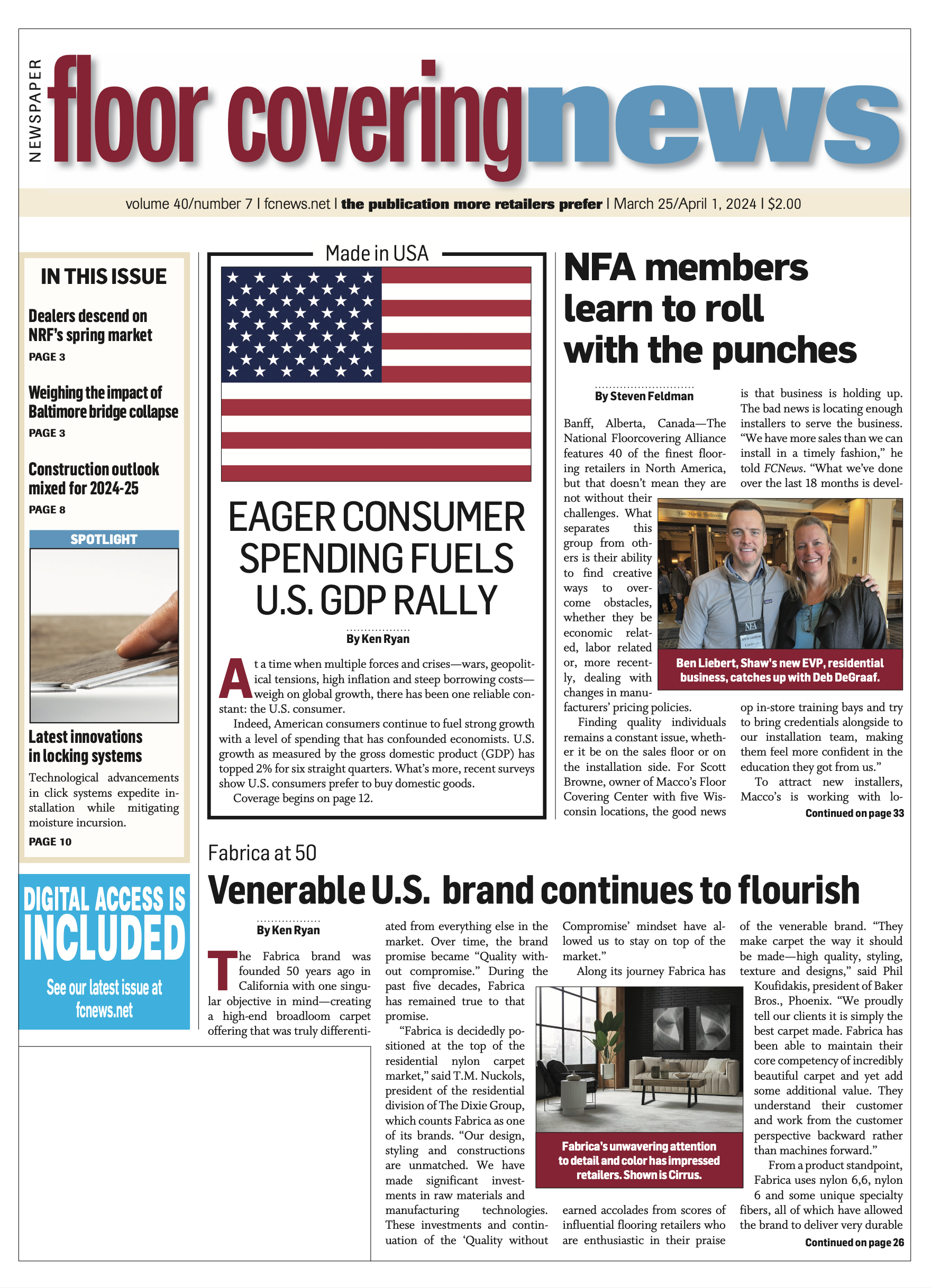 For those who are business owners, and conduct their business from their home, the IRS allows qualified taxpayers to claim a home office on their tax return and deduct certain home expenses when they file their taxes.
For those who are business owners, and conduct their business from their home, the IRS allows qualified taxpayers to claim a home office on their tax return and deduct certain home expenses when they file their taxes.
Self-employed individuals may have a home office that includes a desk, chair, computer/laptop, internet capability and necessary software. For
a taxpayer to be eligible for a home office deduction, the dwelling unit must be one of the following:
- Principal place of business.
- A place to meet patients, clients or customers in the normal course of business.
- A separate structure not attached to the dwelling and used in connection with the business. Note: If the dwelling is the only fixed location of the business, a space within it that is used regularly for the business’s inventory or product samples.
There is no requirement that your home office needs to be partitioned off from other areas with a wall or additional barrier. For example, if you have a desk in the corner of your dining room where you conduct your business, you can still qualify for the deduction provided you don’t use that specific area of your home for any personal use.
Taxpayers can calculate the deduction in two different ways: The actual expenses method or the simplified method. While using the actual expenses method, you will categorize by direct vs. indirect business expenses. Direct expenses can be fully deducted. For example, the cost of carpeting and painting for the home office area. When using the actual expenses method for indirect expenses, it is important to keep in mind that you can only count a “portion” of home-related expenses. For example, let’s say your house is 2,500 square feet, and the area being used as your home office is 250 square feet. You are then eligible to claim 10% of your home’s annual heating, cooling and water bills, along with other common housing expenses that make it possible for you to conduct your business there.
For those who don’t want to go through the trouble of keeping records of direct vs. indirect expenses, the simplified method might be the way to go. When applying this method, taxpayers may use the prescribed rate of $5 per square foot of the portion of the home used for business. For the tax year 2024, the rate would be $5 per square foot for up to 300 square feet. You, as the taxpayer, have the option to choose between the simplified method or the actual expense method.
While employees who have the ability (or are required) to work remotely may qualify for the home office deduction, W2 employees are not eligible. Prior to 2018, unreimbursed job expenses that exceed 2% of your adjusted gross income could be deducted from your federal tax return using Schedule A. Unfortunately, for those employees, that is not the case anymore.
If you are self-employed for only a portion of the year you are still eligible to take
the home office deduction; however, you must only use expenses for the months you were self-employed to calculate eligible deductions. You must be engaged in the business for at least 15 days in the calendar month to take a deduction for that month. Using the simplified method, you would prorate the amount based on the number of months you worked from home.
Roman Basi is an attorney and CPA with the firm Basi, Basi & Associates at the Center for Financial, Legal & Tax Planning. He writes frequently on issues facing business owners. Ian Perry, staff accountant with the firm, co-authored the article. For more information, please visit taxplanning.com.

